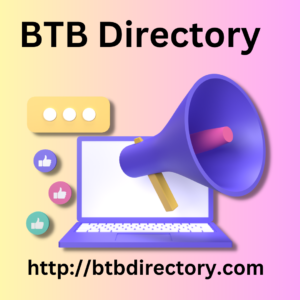|
|
Post by account_disabled on Mar 14, 2024 4:31:38 GMT
Take stock of your existing content and set aside content that Google might interpret as having been created for robots rather than users. This content may be corrected or deleted, depending on the cases and the extent of the work to be carried out. Plan to write useful and relevant content for your target audience, starting by clearly identifying them (via buyer personas ), as well as their needs and expectations. By definition, “useful” content must respond to Internet users’ problems and provide them with added value. Take inspiration from competing web pages that are positioned at the top of the SERP (even after the implementation of Google Helpful Content Update) to understand what types of content are valued by the BTB Directory engine. Work on the EAT criteria the expertise, authority and reliability of the content, but also of their authors. A proven method is to stay close to your area of expertise and not spread yourself too thin “catch-all” sites that address an infinite number of subjects to better position themselves on varied queries are prime targets for Google Helpful Content Update.  Make sure that each of your pages has a concrete and precise objective, linked to the purpose of your site. What are you looking to do share information? Sell products or services? Entertain Internet users? This purpose must be made explicit to users. Avoid content creation automation tools like the plague even if this software allows you to create pages with high ranking potential, thanks to rational use of keywords and semantic fields, Google is not fooled. |
|